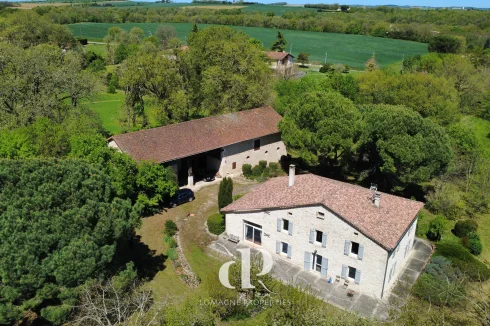Over €15 million in Counterfeit Euro Notes Recovered
Tuesday 03 June 2008
Over €15 million in counterfeit Euro notes were removed from circulation in 2007, but how do you tell a fake from the real thing?
According to figures from the European Central Bank, around 600,000 counterfeit Euro notes are withdrawn each year, amounting last year to around €15m. This figure has remained fairly uniform ever since the launch of the Euro in 2002.
With around 11 million Euro banknotes in circulation, it means there is a 5% chance that the Euro note you have in your possession will not be genuine.
However, with the development of new technology and the involvement of organised crime groups, the quality of counterfeits has improved considerably, so it is getting more difficult to tell the real thing from the fake.
The most counterfeited note is the €50, which accounts for 38% of all forgeries. Other denominations prized by the forgers are the €20 (27%) and €100 (22%) banknotes.
Ever since the launch of the Euro currency there has been great concern amongst the regulatory and police authorities about the increased potential for counterfeiting, simply because the currency was used across many countries.
Last year, Europol stated that they were able to dismantle 19 illegal print shops, when they also arrested 500 suspects, with operations mainly located in Spain, France, Greece, Austria, UK, and Romania. Other countries where the illegal print shops were found included Bosnia, Columbia, and Peru.
The European Central Bank have provided consumer guidelines on a three point test to distinguish the banknotes from counterfeits, which they summarise as:
Feel - Look - Tilt
- Feel – The paper should feel crisp and firm with the use of raised print on the main image, lettering and value numerals.
- Look – The security features visible on the note are a watermark which appears when you hold the note against the light; incomplete marks are printed in the corner of the note on both sides that combine in light to form the value numeral; a dark strip is in the centre of the note with the word Euro and the value of the note in tiny letters; there are perforations which form the € symbol on the side of the note.
- Tilt – There is a hologram image on each note, which is a strip for notes up to €20 and a patch for notes €50+. If you tilt the note, in denominations up to €20 the image changes between the value and the € symbol; in higher denominations you see concentric circles of tiny letters.
You can get complete instructions on how to check the notes on the ECB website.
Clearly, the best way to test the real McCoy from a fake is with the use of special ultra violet light equipment, so if you are at all concerned, then have the note(s) tested at a local bank.
Once you are happy your Euro notes are genuine, you might then want to check your coins. Last year 211,000 fake Euro coins were withdrawn from circulation, mainly the €2 denomination!
Thank you for showing an interest in our News section.
Our News section is no longer being published although our catalogue of articles remains in place.
If you found our News useful, please have a look at France Insider, our subscription based News service with in-depth analysis, or our authoritative Guides to France.
If you require advice and assistance with the purchase of French property and moving to France, then take a look at the France Insider Property Clinic.





